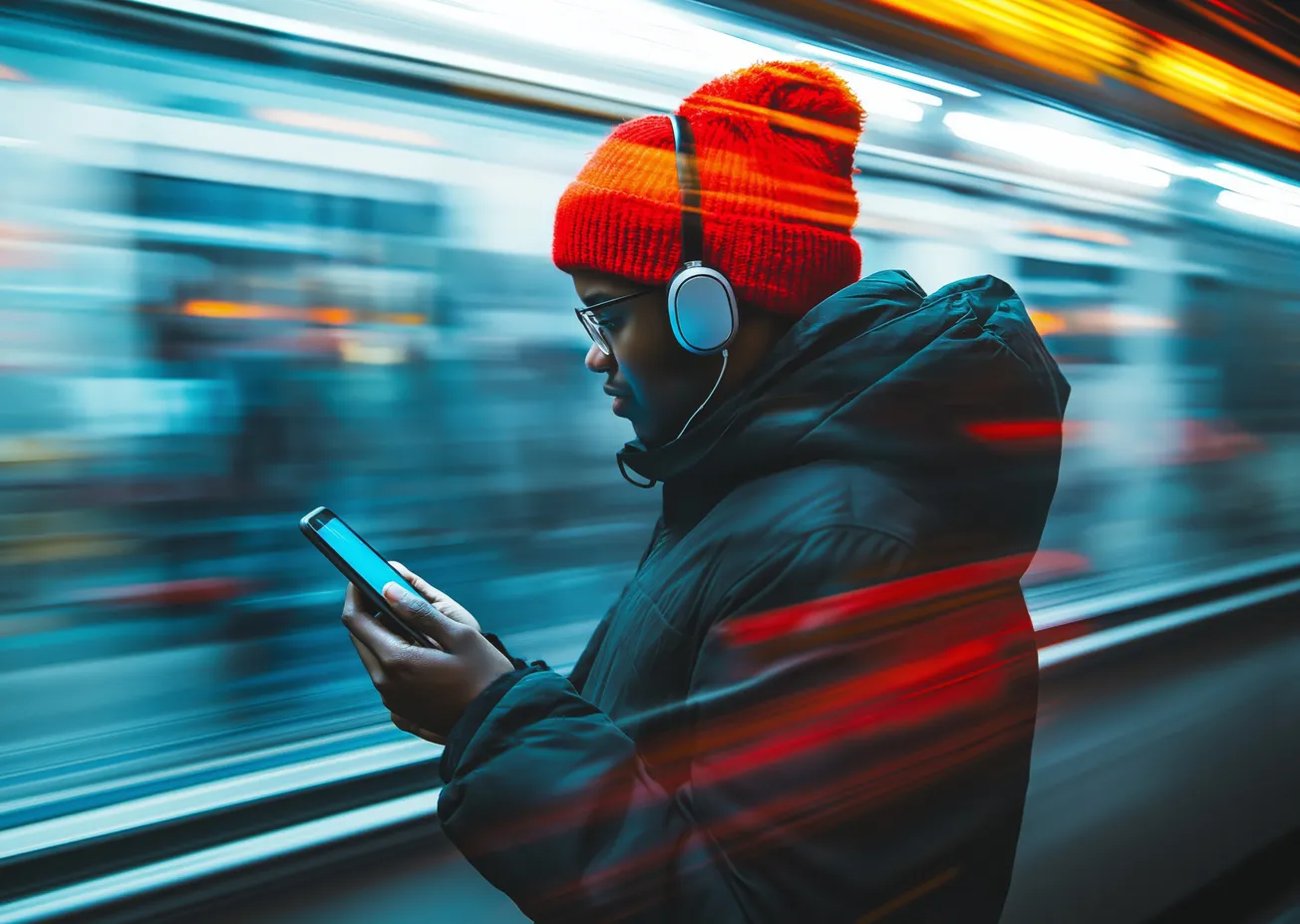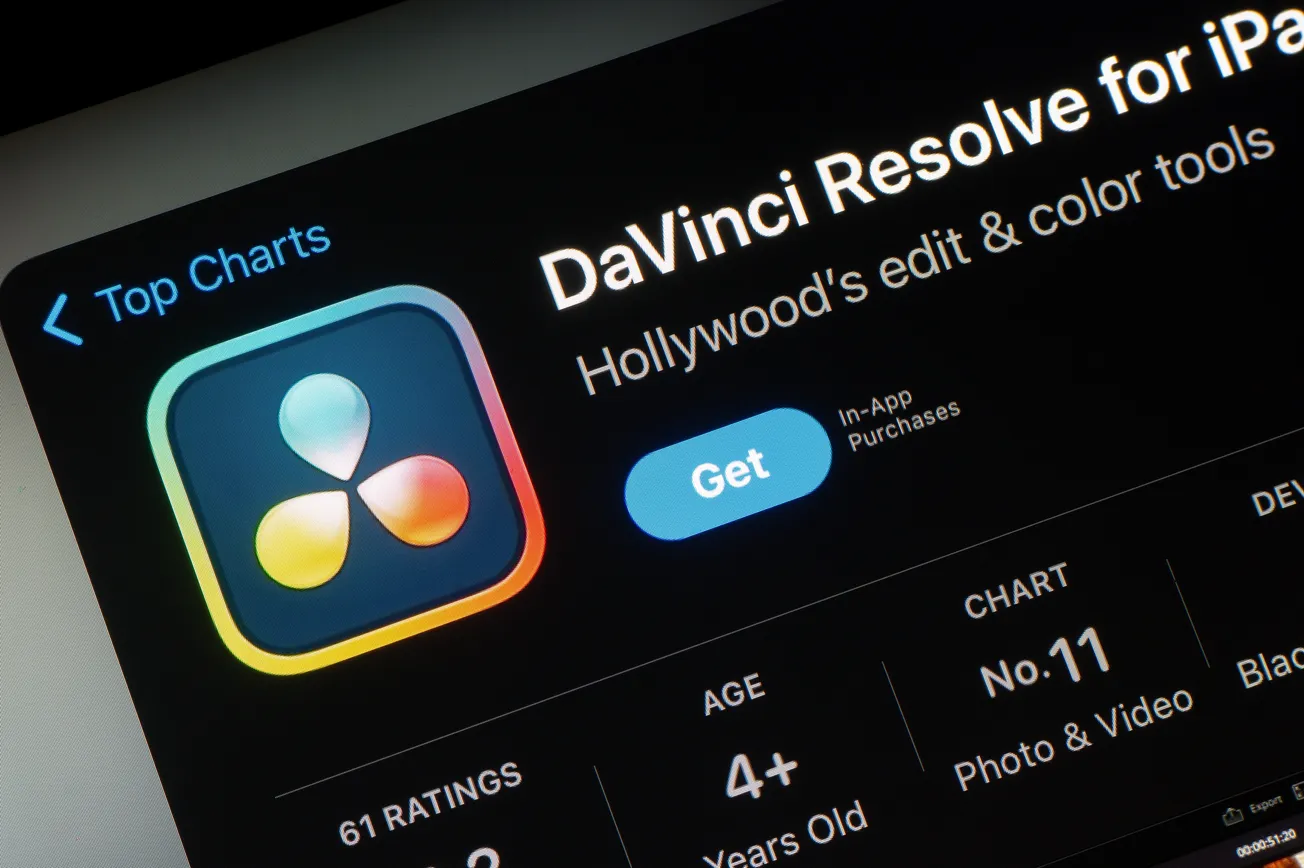The daily journey to and from work offers a unique opportunity for individuals to engage with content- and podcasts are increasingly capturing the attention of commuters.
Commuting has long been associated with routine and, at times, monotony. However, the advent of portable technology and the proliferation of diverse podcast content have transformed this experience.
A 2023 report by Spotify revealed that 78% of podcast consumption occurred between Monday and Friday, with 71% taking place during commuting hours between 8 a.m. and 5 p.m.
This trend underscores the integration of podcasts into the daily lives of commuters, who utilize this time to catch up on news, delve into storytelling, or explore educational topics.
Diverse Modes of Commute and Listening Habits
The mode of transportation significantly influences how commuters consume podcasts.
Automobile commuters, for instance, often prefer audio-only podcasts due to safety considerations, as visual engagement can be distracting. The convenience of connecting smartphones to car audio systems facilitates seamless listening experiences.
In contrast, individuals commuting via public transportation, such as trains or buses, have the flexibility to choose between audio and video podcasts. The availability of mobile devices and headphones allows for both listening and viewing, depending on personal preference and data availability.
Those who walk or cycle may opt for audio-only podcasts to remain aware of their surroundings, ensuring safety while staying entertained.
The Rise of Video Podcasts
While traditional podcasts have been audio-centric, there's a growing inclination towards video podcasts.
A study highlighted that 79% of weekly podcast listeners in the U.S. have consumed a video podcast, and 75% believe that video will become the default recording format for podcasts.
Platforms like YouTube have become significant hubs for podcast consumption. Edison Research reveals that 31% of weekly podcast listeners prefer YouTube, surpassing other platforms like Spotify and Apple Podcasts.
This trend is especially pronounced among Gen Z listeners, who often associate podcasts with video content.
Commuter Preferences: Audio vs. Video
The choice between audio and video podcasts among commuters is influenced by practicality and safety.
Drivers predominantly opt for audio-only content to avoid distractions, ensuring their focus remains on the road. Public transit users, on the other hand, have the liberty to engage with video podcasts, provided they have the necessary data access and a conducive environment for viewing. However, many still prefer audio-only formats to conserve data or due to the convenience of passive listening. Pedestrians and cyclists typically favor audio content, allowing them to stay alert to their surroundings while enjoying their chosen podcasts.
Device Usage and Accessibility
The proliferation of smartphones has been instrumental in the rise of podcast consumption among commuters.
A significant majority of listeners access podcasts via mobile devices, with studies indicating that 87.4% of podcast listening occurs on smartphones. This mobile accessibility aligns seamlessly with the on-the-go nature of commuting, enabling users to download episodes in advance or stream content during their journeys.
Commuters exhibit high levels of engagement with podcast content.
Research indicates that 80% of listeners consume most or all of an episode, reflecting a deep commitment to the medium. The duration of podcast episodes often aligns with average commuting times, with many episodes ranging between 20 to 40 minutes, allowing listeners to complete them within a single journey.
In terms of content preferences, genres such as comedy, news, and society and culture are particularly popular among listeners.
This diversity in content allows commuters to select podcasts that suit their interests and mood, whether they're seeking entertainment, information, or personal development during their commute.
The Future of Podcasting for Commuters
As the podcasting landscape continues to evolve, the integration of video content presents both opportunities and challenges.
While video podcasts offer enriched experiences and have the potential to attract a broader audience, they also require commuters to have the appropriate technology and data access. Moreover, the shift towards video-centric content may influence the dynamics of podcast consumption, especially among commuters who have traditionally favored audio-only formats due to their convenience and safety.
Platforms are increasingly recognizing the value of catering to commuter audiences.
Spotify, for instance, has been enhancing its platform to support video podcasts, aiming to challenge YouTube's dominance in this space. The company plans to offer payments to popular video podcasters and introduce ad-free viewing for premium subscribers, signaling a strategic move to attract more content creators and listeners.
Commuters have undeniably become a cornerstone of the podcast audience, transforming travel time into an opportunity for engagement, learning, and entertainment.
The choice between audio and video content is largely dictated by the mode of transportation and individual preferences, with safety and practicality remaining paramount considerations. As the industry continues to innovate, understanding the nuanced behaviors and needs of commuter listeners will be essential for content creators and platforms aiming to capture and retain this valuable audience segment.








